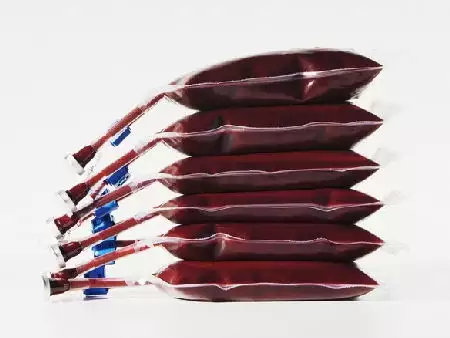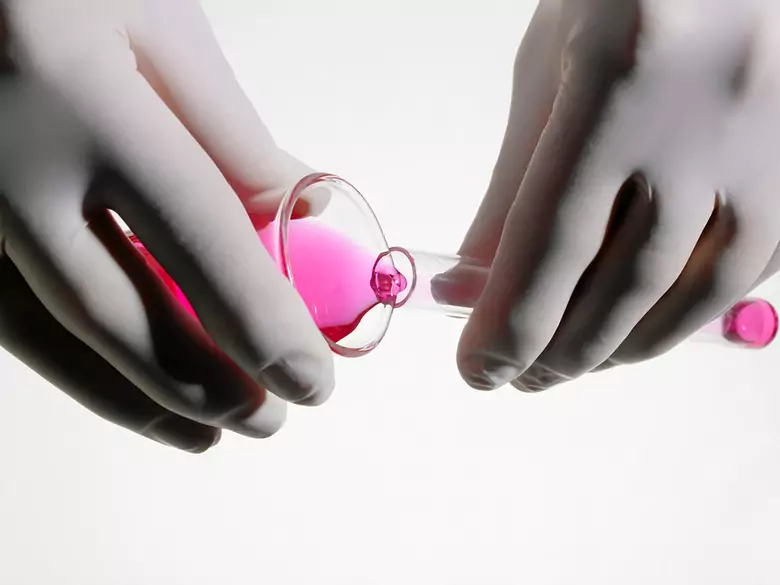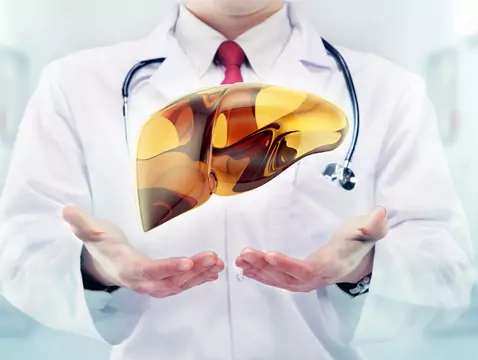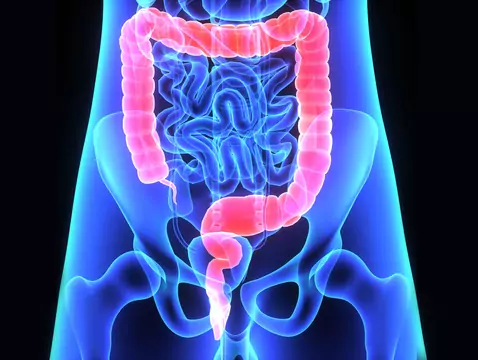Many people know what cancer is. Almost as many people wonder where it comes from.
Some errors in the DNA code (known as mutations) are inherited from one generation to the next, thus causing the reproduction of inappropriate functions. Most often, however, abnormalities in the code arise spontaneously, i.e. spontaneously during cell proliferation, or are caused by certain external factors.
Carcenogens (as environmental factors causing cancer are called) include, for example, cigarette smoke, sunlight or radioactive radiation. However, the causes of cancer in each person are usually individual and the result of several overlapping factors, so it is usually difficult to unambiguously identify the reason for the destruction of the DNA code in the first cancerous cell.
In most cases, cancer cells, multiplying intensively, form tumours. However, some types of malignant tumours, such as leukaemia, do not cause a tumour mass to grow. Instead, they attack the blood and the organs that produce it, and with them reach further organs, where pathological cancer cells begin to multiply anew.

photo ojoimages
Along with the lymph,the blood is the carrier of malignant cancer cells, enabling them to reach from their primary base to far corners of the body and form tumours in new locations, i.e. metastasise. However, regardless of the location in which they develop, in each case the cancer is named after the organ in which it originally developed.
The process of cancer formation is complex and lengthy. It is said that it usually takes several or even more than 20 years before the first tumour reaches a size of 1 cm.









